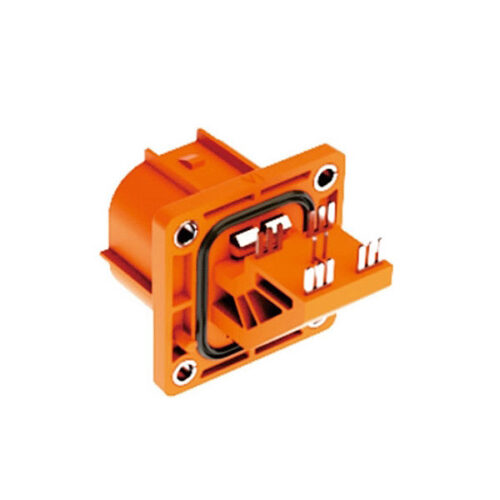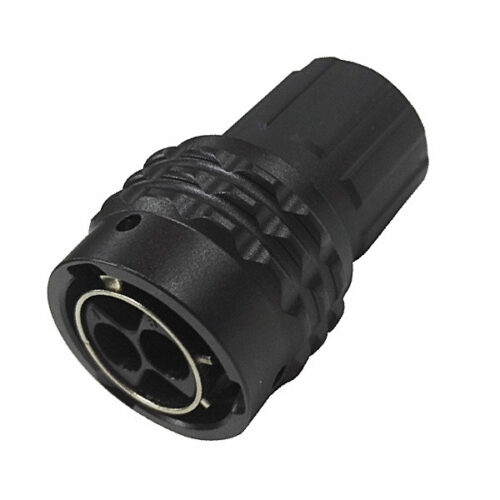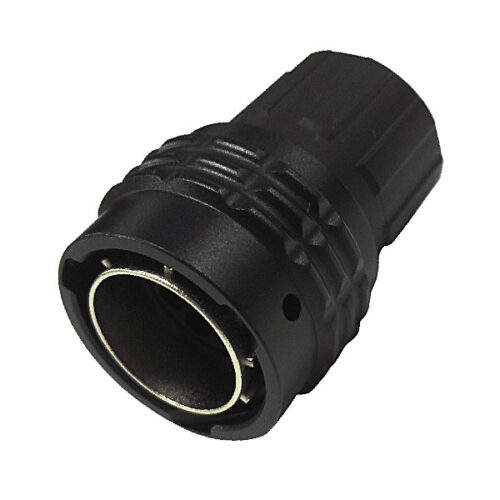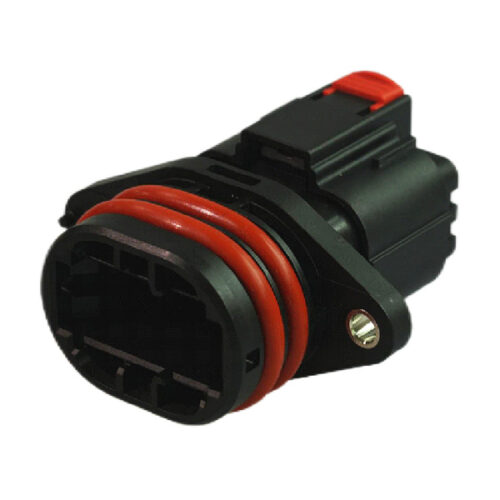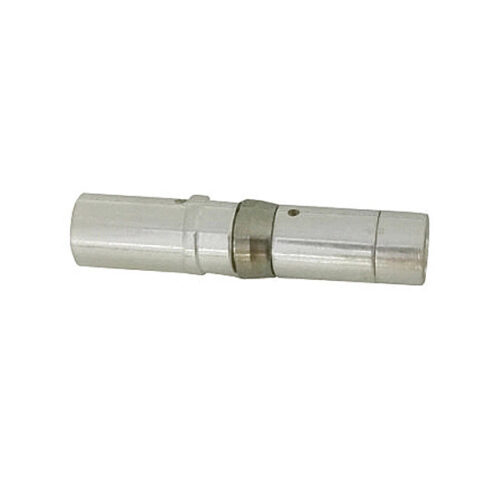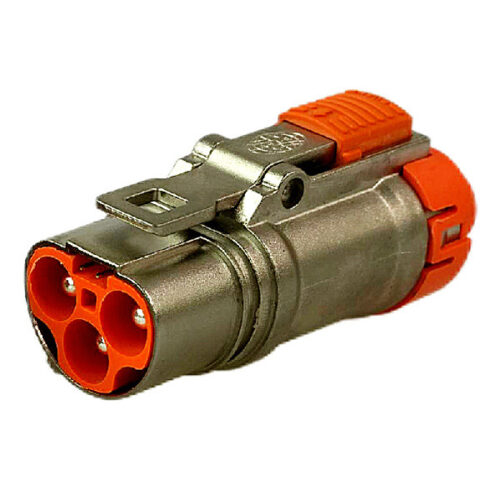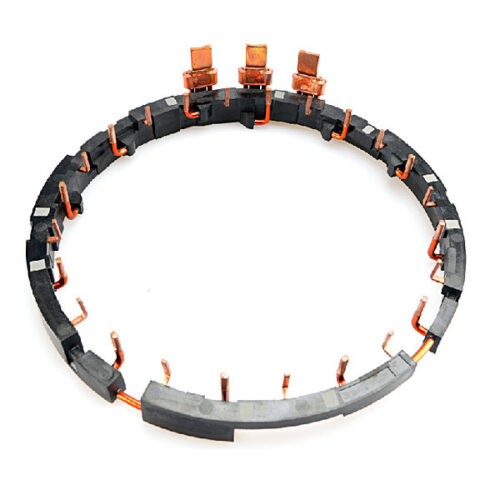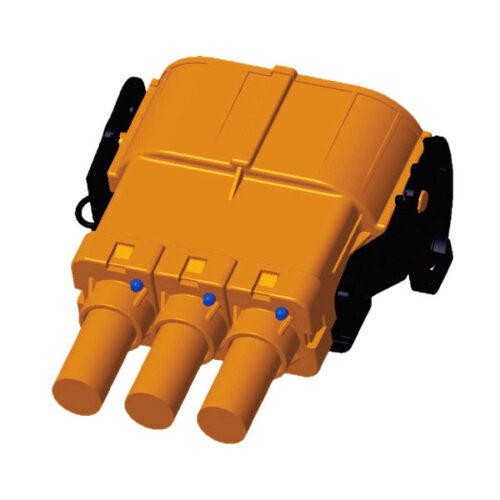Blogs & News
We are focus on automotive wiring harness & connectors technology.
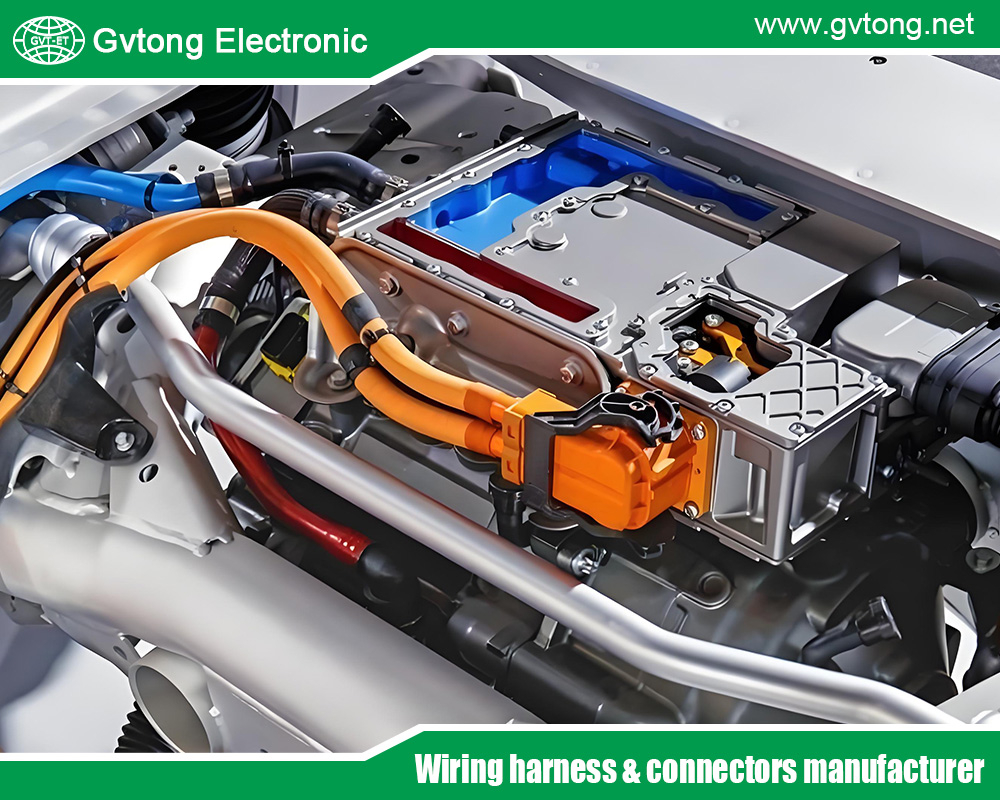
Automotive High-Frequency Connectors: Powering the Future of Connected and Autonomous Vehicles
- Gvtong Electronic
- ADAS sensor connectors, Anti-vibration automotive connectors, automotive connectors, automotive high-frequency connectors, automotive high-frequency connectors factory, automotive high-frequency connectors manufacturer, automotive high-frequency connectors supplier, Automotive shielded connectors, Battery management system (BMS) connectors, Blind-mate automotive connectors, China High Current Connectors Manufacturer, China High Frequency And High Speed Connectors Manufacturer, electric vehicle EV connector supplier, EV charging connectors, EV charging connectors manufacturers, Fuel cell connectors, High Frequency And High Speed Connectors Manufacturer, High Voltage EV Battery Connector For Electric Vehicles, High-speed data connectors, High-temperature resistant connectors, In-cabin infotainment connectors, industrial electrical connectors manufacturers, Lightweight automotive connectors, Modular automotive connectors, Oil-resistant automotive connectors, Photovoltaic Connectors For Solar Panels, photovoltaic connectors manufacturers, Photovoltaic Solar Battery Connectors For Energy Storage Systems, Pre-charge/discharge connectors, V2X communication connectors
- No Comments
Automotive High-Frequency Connectors: Powering the Future of Connected and Autonomous Vehicles
As vehicles evolve into sophisticated platforms for connectivity, autonomy, and electrification, the demand for high-speed, reliable data transmission has skyrocketed. Automotive high-frequency connectors are at the forefront of this transformation, enabling the seamless transfer of radio frequency (RF) and high-speed digital signals critical for systems like radar, 5G communication, and advanced driver assistance systems (ADAS). These connectors, designed to handle signals in the megahertz to gigahertz range, are essential for ensuring that modern vehicles operate safely, efficiently, and in sync with the digital world.
This article provides an in-depth exploration of automotive high-frequency connectors, covering their definition, types, applications, design considerations, challenges, and emerging trends. By understanding their role, we uncover how these compact components are driving the connected and autonomous vehicle revolution, shaping the future of mobility.
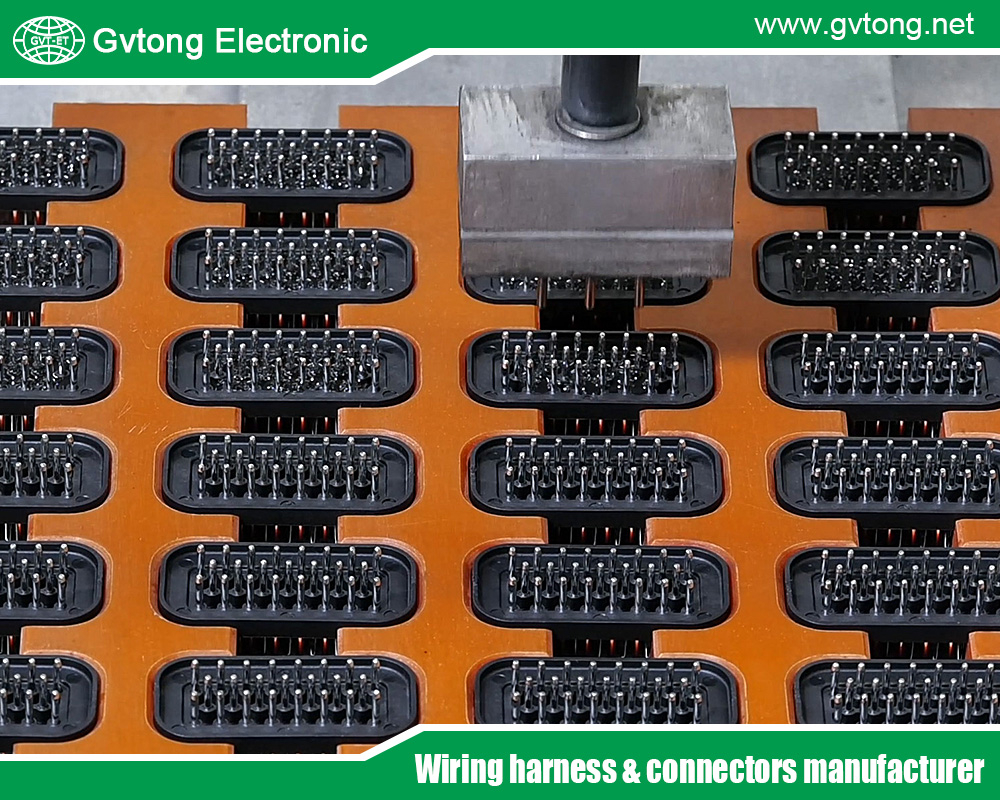
What Are Automotive High-Frequency Connectors?
High-frequency connectors in the automotive context are specialized electrical connectors designed to transmit RF and high-speed digital signals with minimal loss, distortion, or interference. Unlike standard power connectors, which focus on delivering energy, high-frequency connectors prioritize signal integrity for applications requiring rapid data transfer, such as radar, vehicle-to-everything (V2X) communication, and infotainment systems. Typically operating at low voltages (below 60V DC), these connectors are engineered to withstand the harsh automotive environment, including temperature extremes, vibrations, and moisture.
Key Characteristics
- High-Frequency Capability: Support signals from megahertz (e.g., AM/FM radio at 100 MHz) to gigahertz (e.g., radar at 77 GHz, 5G at 6 GHz).
- Signal Integrity: Minimize noise, crosstalk, and electromagnetic interference (EMI) for clean data transmission.
- Durability: Built to endure automotive stressors like heat, shock, and chemical exposure.
- Compact Design: Optimized for space-constrained vehicle environments.
Importance in Vehicles
High-frequency connectors are the backbone of modern vehicle communication systems. They enable critical functions like autonomous driving, real-time navigation, and high-speed internet connectivity. As vehicles become rolling data hubs, these connectors ensure that massive amounts of data are transmitted quickly and reliably, supporting safety, efficiency, and user experience.
Types of Automotive High-Frequency Connectors
Several types of high-frequency connectors are used in automotive applications, each tailored to specific frequency ranges, sizes, and performance needs:
Fakra Connectors
Fakra (Fachkreis Automobil) connectors are the automotive industry’s standard for RF applications. Color-coded and keyed to prevent mismating, they support frequencies up to 6 GHz, making them ideal for GPS, cellular, and satellite radio.
Mini-Fakra Connectors
Mini-Fakra connectors are a compact evolution of Fakra, designed for high-density applications. They support frequencies up to 9 GHz, suitable for 5G, radar, and high-speed data systems in autonomous vehicles.
SMA Connectors
SubMiniature Version A (SMA) connectors handle frequencies up to 18 GHz, offering excellent signal integrity for precision applications like radar and high-frequency telematics.
HSD Connectors
High-Speed Data (HSD) connectors are designed for high-speed digital and RF signals, supporting frequencies up to 6 GHz. They’re used in automotive Ethernet, camera systems, and infotainment, with robust shielding to reduce EMI.
Coaxial Connectors
Standard coaxial connectors, with a central conductor and outer shield, are used for applications like radio antennas and telematics. They’re versatile and support a wide frequency range.
Fiber Optic Connectors
While not strictly RF, fiber optic connectors are emerging for ultra-high-speed data transmission, offering massive bandwidth and EMI immunity for autonomous vehicle applications.
Materials
- Central Conductor: Copper or copper alloys for high conductivity.
- Shield: Braided or foil copper/aluminum to block EMI.
- Dielectric: Low-loss materials like PTFE or polyethylene for signal isolation.
- Housing: Durable plastics (e.g., PBT, polyamide) or metal for environmental protection.
Applications in Modern Vehicles
High-frequency connectors are critical to a wide range of automotive systems, enabling high-speed communication in demanding environments.
Advanced Driver Assistance Systems (ADAS)
ADAS relies on high-frequency connectors for:
- Radar Sensors: SMA or Mini-Fakra connectors handle 77 GHz signals for adaptive cruise control, collision avoidance, and blind-spot detection.
- Camera Systems: HSD connectors transmit high-resolution video feeds for lane-keeping and surround-view systems.
Telematics and V2X Communication
Telematics systems enable connectivity and data exchange:
- Cellular Connectivity: Fakra and Mini-Fakra connectors support 4G/5G for real-time traffic updates, remote diagnostics, and over-the-air (OTA) software updates.
- V2X: HSD connectors enable vehicle-to-vehicle (V2V), vehicle-to-infrastructure (V2I), and vehicle-to-cloud communication for smart traffic systems.
Infotainment Systems
High-frequency connectors power infotainment:
- AM/FM and DAB Radio: Fakra connectors ensure clear signal reception.
- Satellite Radio: SMA or SMB connectors deliver high-quality audio.
- In-Vehicle Wi-Fi: HSD connectors support high-speed internet for streaming and connectivity.
Autonomous Driving
Self-driving vehicles generate terabytes of data from radar, LIDAR, and cameras. High-frequency connectors like Mini-Fakra and fiber optics ensure low-latency data transfer for real-time decision-making.
Electric Vehicles (EVs)
EVs use high-frequency connectors in telematics and battery management systems, supporting wireless diagnostics and charging status updates via 5G or Wi-Fi.
Specific Examples
- 5G Antennas: Mini-Fakra connectors enable ultra-low-latency V2X communication in connected vehicles.
- Shark-Fin Antennas: Fakra connectors in roof-mounted antennas handle multiple RF signals (GPS, cellular, radio) in one compact unit.
Design Considerations
Designing automotive high-frequency connectors requires balancing electrical performance, environmental durability, and practical constraints.
Signal Integrity
High-frequency signals are sensitive to loss and interference:
- Impedance Matching: Connectors are designed for 50 or 75 ohms to prevent signal reflection.
- Low Insertion Loss: Minimizes signal attenuation for clean transmission.
- Shielding Effectiveness: Blocks EMI from nearby electronics or external sources.
Environmental Resistance
Connectors face harsh conditions:
- Moisture and Dust: IP67 or IP68 ratings protect against water and contaminants, critical for external antennas.
- Temperature Extremes: From -40°C to 85°C for exterior applications, or up to 125°C in engine compartments.
- Vibration and Shock: Robust locking mechanisms (e.g., bayonet or snap-on) prevent disconnection.
- Chemical Exposure: Resistance to road salts, oils, and UV radiation.
Miniaturization
With vehicles integrating more antennas and electronics, connectors must be compact. Mini-Fakra and HSD designs maximize signal density in tight spaces.
Frequency Range
Connectors must support increasing frequencies, from 1.5 GHz (GPS) to 79 GHz (radar), requiring low-loss dielectrics and precise engineering.
Standards and Testing
High-frequency connectors comply with standards from SAE, ISO, USCAR, and IEEE. Testing includes:
- RF Performance: To verify signal quality across frequencies.
- Environmental Tests: For temperature, humidity, and vibration resistance.
- Durability Tests: To ensure thousands of mating cycles.
Challenges in High-Frequency Connector Design
Designing automotive high-frequency connectors presents several challenges:
Electromagnetic Interference (EMI)
The growing number of vehicle electronics increases EMI risks, degrading RF signals. Robust shielding, such as braided or foil shields, is essential but adds complexity.
High-Frequency Performance
As frequencies rise (e.g., 6 GHz for 5G, 79 GHz for radar), connectors face greater signal loss and distortion. Advanced materials like low-loss dielectrics are costly but necessary.
Miniaturization vs. Performance
Smaller connectors save space but risk reduced shielding or mechanical strength. Balancing size and performance requires innovative designs like Mini-Fakra.
Environmental Durability
Exterior connectors must achieve high IP ratings and resist corrosion, especially in wet or salty conditions, without compromising RF performance.
Cost Pressures
Automakers demand cost-effective solutions. Designers must optimize materials and manufacturing processes while meeting stringent RF and durability standards.
Solutions and Innovations
- Low-Loss Dielectrics: Materials like PTFE reduce signal loss at high frequencies.
- Multi-Port Designs: Combine multiple RF signals in one connector to save space.
- Sealed Connectors: Overmolding and gaskets enhance waterproofing.
- Automated Manufacturing: Improves precision and reduces costs.
Future Trends
The future of automotive high-frequency connectors is shaped by technological and industry trends:
5G and 6G Connectivity
The adoption of 5G and future 6G networks will demand connectors like Mini-Fakra to support higher frequencies and ultra-low latency for V2X and telematics.
Autonomous Vehicles
Self-driving cars rely on multiple high-frequency systems (radar, LIDAR, V2X). Compact, high-performance connectors will be critical for real-time data processing.
Smart Connectors
Connectors with embedded diagnostics could monitor signal quality, temperature, or wear, enabling predictive maintenance to prevent failures.
Fiber Optic Integration
Fiber optic connectors, offering massive bandwidth and EMI immunity, will complement RF connectors in autonomous vehicles for ultra-high-speed data.
Sustainable Materials
Eco-friendly plastics and recyclable metals will align with automotive sustainability goals, reducing environmental impact.
Increased Antenna Density
Vehicles are adopting multi-antenna systems (e.g., MIMO for 5G). Miniaturized connectors like Mini-Fakra will support higher antenna density without compromising performance.
Case Studies and Real-World Impact
- Tesla’s Connectivity: Tesla uses Mini-Fakra connectors in its 5G and Wi-Fi systems, enabling OTA updates and real-time navigation.
- Waymo’s Radar Systems: Waymo’s autonomous vehicles rely on SMA connectors for 77 GHz radar, ensuring precise object detection.
- Fleet Telematics: Commercial trucks use HSD and Fakra connectors for 5G-based tracking, improving logistics efficiency.
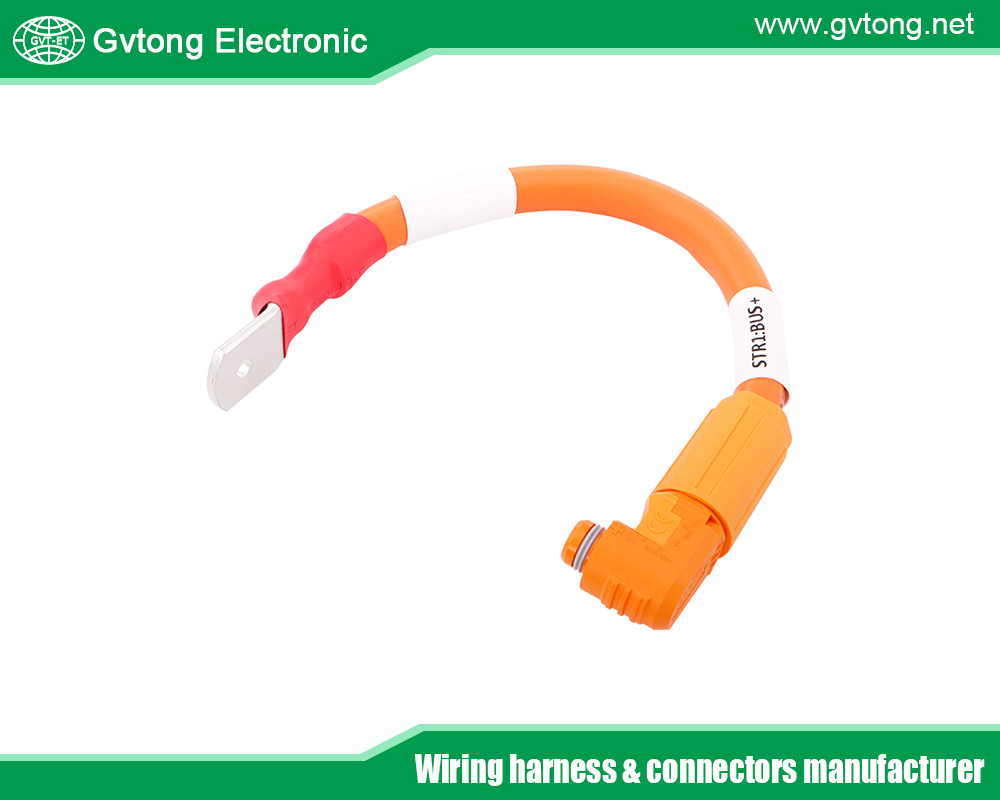
Conclusion
Automotive high-frequency connectors are the unsung heroes of the connected vehicle revolution, enabling the high-speed, reliable transmission of RF and digital signals. From ADAS to telematics and infotainment, they ensure seamless communication in harsh environments. Designing these connectors requires mastering signal integrity, durability, and miniaturization while addressing EMI, high frequencies, and cost pressures. As vehicles embrace 5G, autonomy, and sustainability, high-frequency connectors will evolve, incorporating smarter features, higher performance, and greener materials.
Next time you navigate with GPS, engage adaptive cruise control, or connect to 5G in your car, consider the high-frequency connectors making it possible. They’re small, but their impact on the future of mobility is profound.
For more about the best automotive high-frequency connectors: powering the future of connected and autonomous vehicles, you can pay a visit to Gvtong at https://www.gvtong.net/ for more info.

